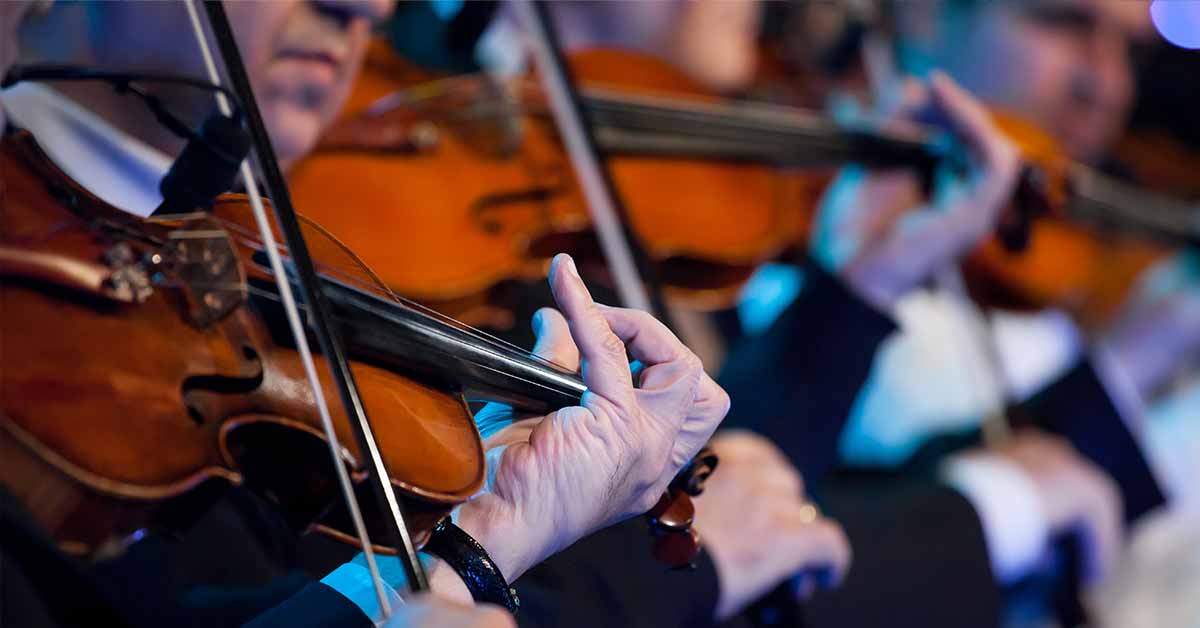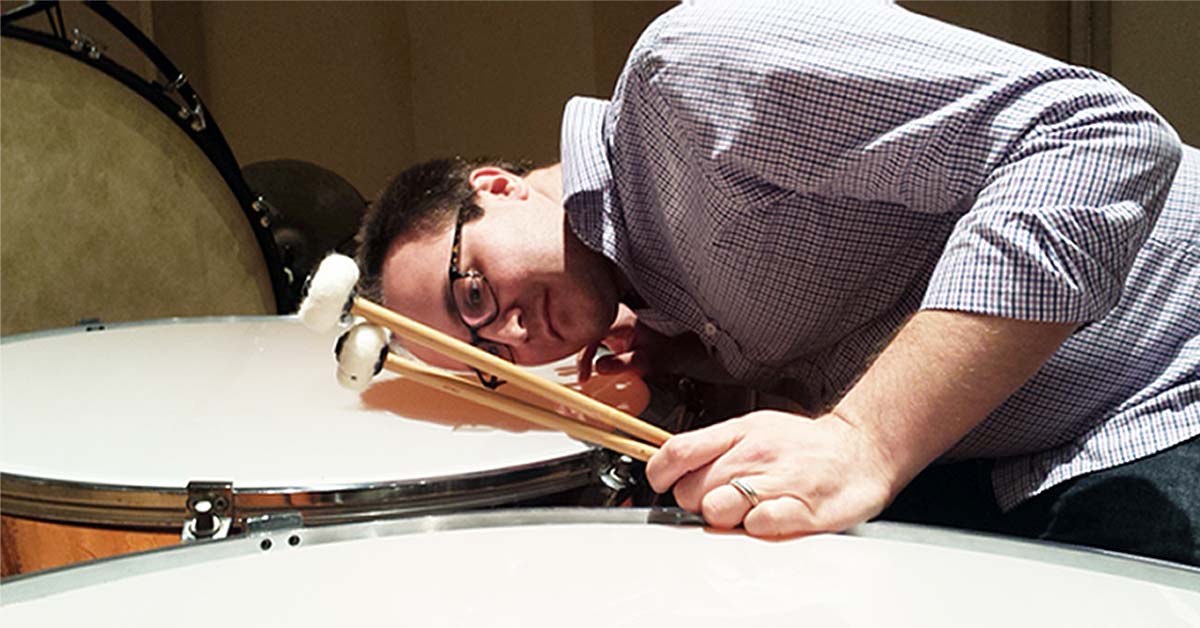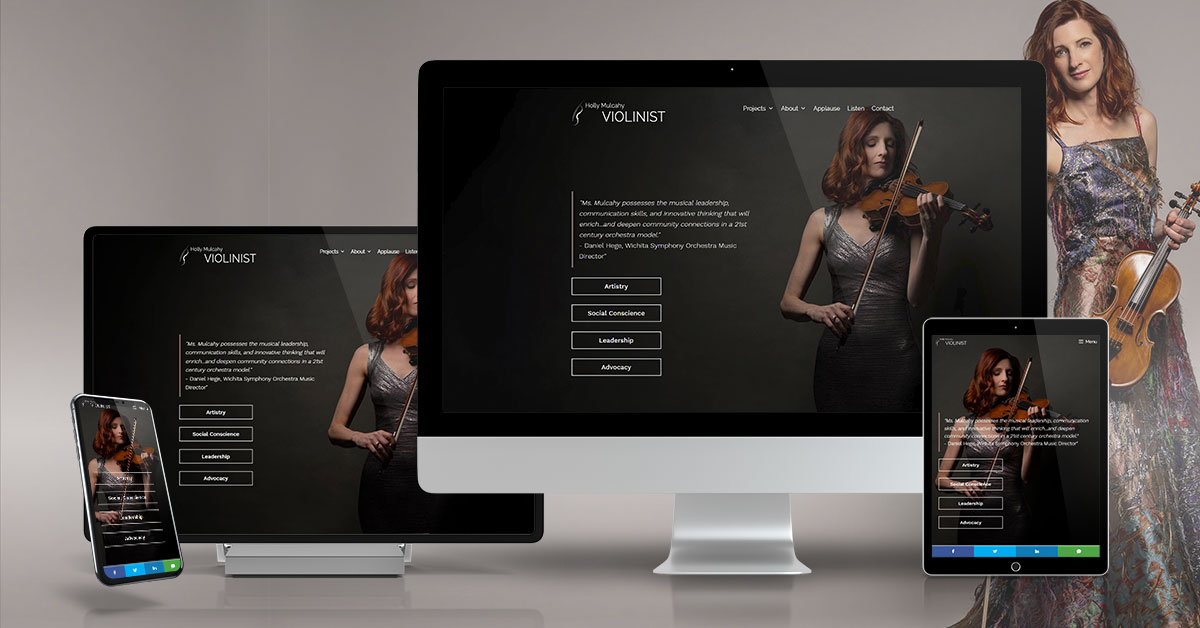This installment will examine one of the two remaining questions regarding the astonishing Fundacion del Estado para el Sistema Nacional de las Orquestras Juveniles e Infantiles (Foundation of the State for the National System of the Orchestras Youth and Children) program which is commonly referred to in Venezuela as FESNOJIV.
Part 1 introduced the program while Part 2 examined how the FESNOJIV began 30 years ago and how far it’s evolved since that time. Although I had come to understand that the FESNOJIV program has accomplished an immeasurable amount of social good throughout Venezuela, I was still unsure of whether or not it is equally successful in producing a meaningful artistic product. In essence, has the 30 year old FESNOJIV course produced musicians capable of delivering an artistic product worth recognition?
I was rapidly approaching the halfway point of my trip to Caracas and had still not heard a single note from any of the FESNOJIV ensembles (although, a planned concert was unavoidably cancelled due to a travel snafu). I was intrigued by what I had learned about the program before arriving in Venezuela and my recent interview with the FESNOJIV founder and director, Maestro José Antonio Abreu only served to reinforce those favorable impressions about the non artistic aspects of the program.
But in the end, it’s the artistic product which makes the difference. Although I was greatly satisfied to see such a successful social program accomplish so much I was hoping that their artistic accomplishments would be equally as impressive.
Many of my colleagues on the trip who arrived before I did were telling me stories about how remarkable some of the children’s ensembles sounded a few days before on their tour of the surrounding cities. Nevertheless, I’ve had plenty of experience absorbing PR hype from professional orchestra reps and soloist managers to know that nothing is worth taking for granted when it comes to music and you simply have to hear it for yourself to be certain. Add to that mix my own personal tendencies to be a very harsh critic with the abundant praise and I was beginning to get concerned that I was setting myself up for some unrealistic expectations.
My first exposure to the artistic component of FESNOJIV was during a tour of their educational facilities. The tour included a few short performances by several ensembles, the first was a 25 piece wind ensemble comprised of students from sixth to eighth grade. They performed standard repertoire including Trumpet Voluntary, selections from Water Music, and the Florentina March, all of which they had been rehearsing for about six weeks. Individually, the children performed as good if not better than above average American middle school students. However, the FESNOJIV group had a much better sense of ensemble and poise which exhibited a strong sense of confidence in their playing.
Next, I attended a performance by their orchestra ensembles; one comprised of two & three year olds, another of three & four year olds, and the last of five & six year olds. The oldest group was a full orchestra with winds, brass and percussion while the middle group had some wind instruments and the youngest was strings only. These students possessed the same lack of self consciousness I felt from the previous ensemble, which attributed to each ensemble delivering a very polished sounding performance. Each ensemble performed wonderfully and the mini concert was topped off with the older orchestra performing an arrangement of Monti’s Czardas complete with violin solo.
The oldest orchestra was far superior to any of the comparable American ensembles I’ve come across (not that there are many full orchestras in the U.S. comprised of mainly five and six year olds).
Another striking fact was that all of the ensembles looked like they were being led by instructors who couldn’t have been much older than their early twenties. I remember back to my interview with José Abreu and how he mentioned they were looking for experienced teachers to come in and help them establish a pedagogy program. If those changes come sooner than later, I hope the FESNOJIV program doesn’t lose any of their own unique accomplishments with the influx of outside instructors. The younger ensembles were certainly impressive and I was looking forward to hearing how the older ensembles would perform at a joint concert between the New England Conservatory Youth Philharmonic Orchestra and the Sinfonica de la Juventud Venezolana Simon Bolivar scheduled for that same evening.
Before that concert, the Venezuelan students offered a private performance featuring several of their ensembles. I hesitate to think about any of their ensembles as youth orchestras because their ages ranged from 16-24. Moreover, the issue was complicated after listening to them perform; to put it mildly, they were exquisite. There’s simply no way I could describe any of these groups as a “youth ensembles” in good conscious.
The performance started off not with the full orchestra but with a quartet consisting of one flugelhorn, two Bb trumpets, and a piccolo trumpet. Their intonation and ensemble were impeccable and I was sorry they only performed two short selections from standard repertoire. However, that disappointment was short lived as the quartet was followed by a full 20 piece brass and percussion ensemble in the mold of the Summit Brass.
This is where I began to see the real unique quality of the FESNOJIV program; not only did the brass ensemble perform a standard work but they also performed an original piece composed by one of their trumpet players that was the most entertaining new piece of music I’ve heard in very long time. The piece was undeniably “classical” in its construction but it was unlike anything I had ever heard before. This was proof positive that the program wasn’t merely producing players, but they were producing musicians. They were serving as a catalyst for the art form and I was listening to a genuine evolution event in classical music.
After the brass ensemble finished up, I had the pleasure of listening to another one of my favorite small ensembles; a percussion ensemble. They too performed original works written by their fellow FESNOJIV “students” which had an even stronger Venezuelan flavor than the compositions for the brass ensembles possessed. The ensemble featured a trio of mallet instruments; a marimba, a bass marimba, and a vibraphone as well as two sets of timpani, a trap set, and various auxiliary percussion pieces.
It reminded me of what the classical music culture must have been like in the U.S. back in the 50’s and 60’s when Copland and Bernstein were beginning to refine this country’s musical “voice”. Their music was distinctly unique and “American” but undeniably classical as well. Unfortunately, those times seem to have passed on here in the U.S. but I’m glad to have discovered that the spirit of classical music isn’t dead, it just migrated south.
I hadn’t even heard the Venezuelan full orchestra perform yet, but based on the performance from these three small ensembles I was already tossing around the idea that perhaps there’s quite a bit more the world of mainstream classical music can learn from the Venezuelans than the other way around (and by “mainstream” I mean not only the U.S. but the U.K. and continental Europe as well).
In the next installment we’ll conclude examining the artistic component of the FESNOJIV program with the remainder of this concert (and a few additional surprises). We’ll also begin to see whether or not these dramatic artistic accomplishments in combination with the overall Venezuelan classical music culture can be successfully exported to the rest of the world.










